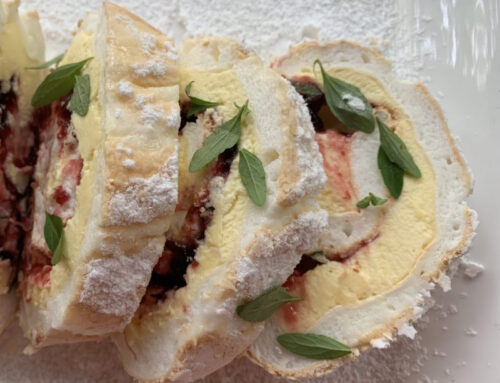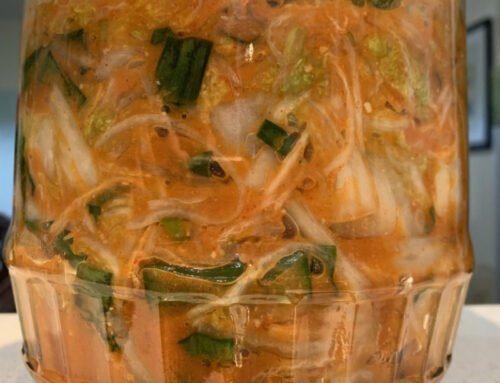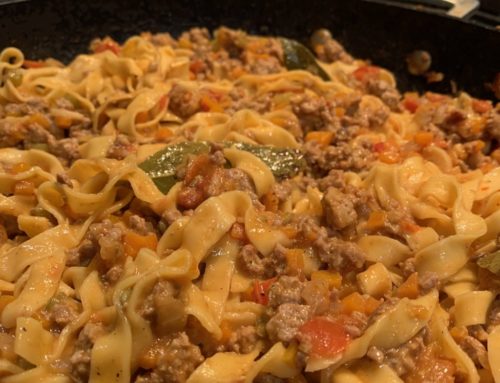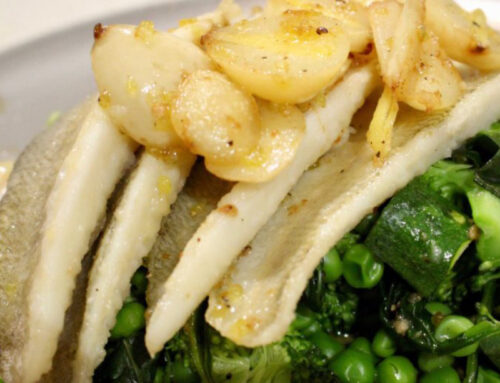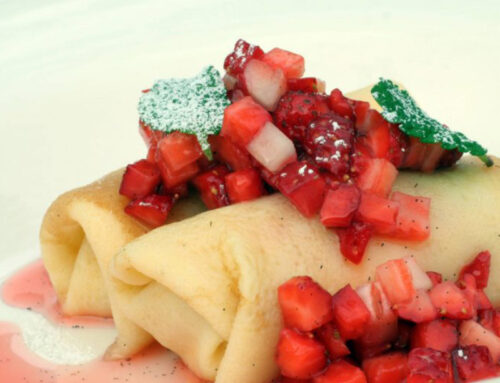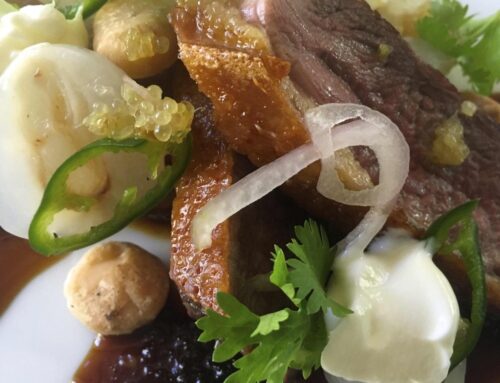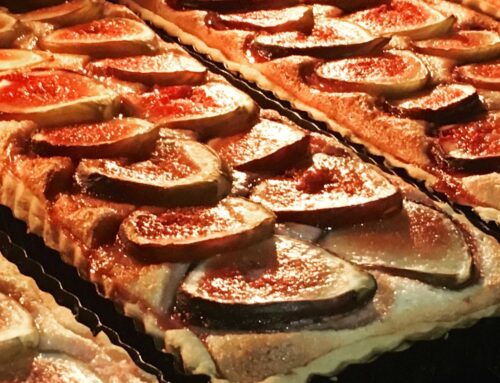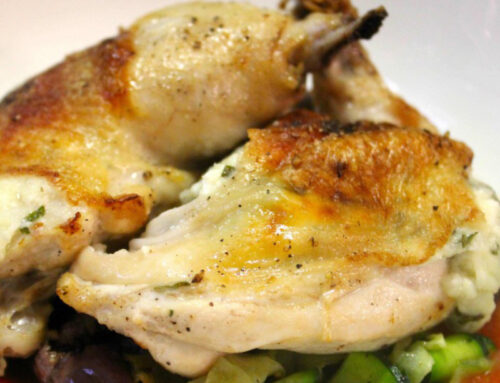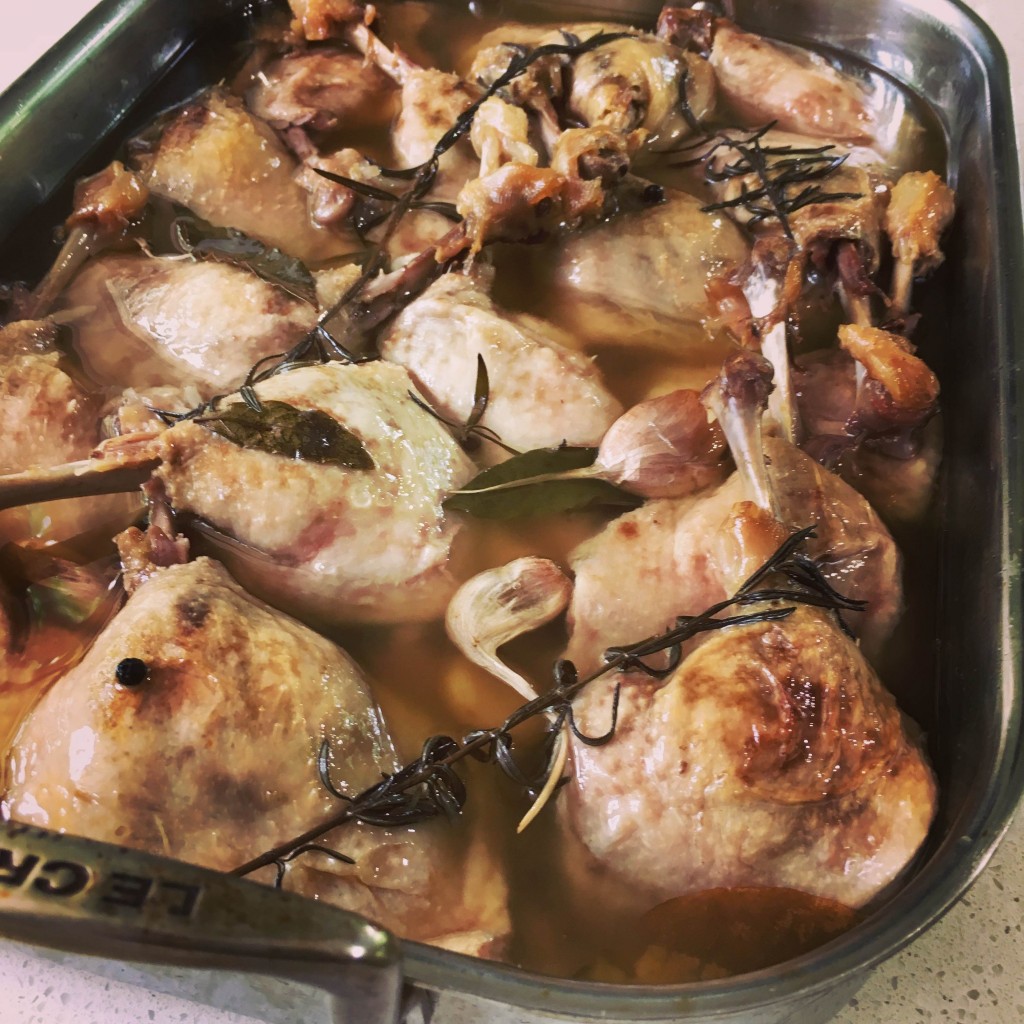
Confit Duck
BY MATT GOLINSKI
Join Matt in supporting your local producers by sourcing local and seasonal ingredients where ever possible.
SHARE MATT'S RECIPES + STORIES
A specialty of South West France, confit duck was originally a process used to preserve the meat which once salted and slowly cooked in fat could be stored in a cool place for months. The term confit comes from the French ‘confire’ (to preserve) and generally refers to food prepared in this way, but can also be used to describe food slowly cooked in sugar such as confit oranges.
I’m lucky enough to have a local free range duck producer in my region, Bendele Farm at Kilkivan, and I always buy their duck marylands to make my confit.
I usually make about 10 or 12 at a time; they keep really well if you vacuum seal them and store them in the fridge, and are great to have on hand to reheat for dinner with steamed potatoes and greens, or broken up through a salad with roasted beets, orange segments and rocket.
You can buy duck fat from most delis these days, and you can reuse the strained fat each time you make your confit. The juices will set like jelly under the fat and make a very tasty and concentrated sauce to serve with the duck.
Makes 12 serves
Ingredients:
12 duck marylands
1 cup rock salt
1kg duck fat
12 cloves of garlic, unpeeled
2 tsp black peppercorns
2 sprigs rosemary
6 sprigs thyme
4 bay leaves
Method:
In a large mixing bowl, toss the duck with the rock salt, cover and refrigerate for 2 hours.
Wash the salt off each duck leg under a running tap, and dry on paper towel.
Pack the duck into a large ovenproof tray with the skin side up.
Melt the duck fat in a saucepan or a microwave oven.
Scatter the garlic cloves, peppercorns, herbs and bay leaves over the duck and pour over the melted fat. (the duck legs should be completely submerged in the fat.)
Cover with a tight fitting lid or a double layer of foil and bake for approximately 6 hours at 100 degrees C. (They are ready when the leg bone twists easily.)
Allow the duck to cool slightly before removing from the fat and refrigerating until required.
